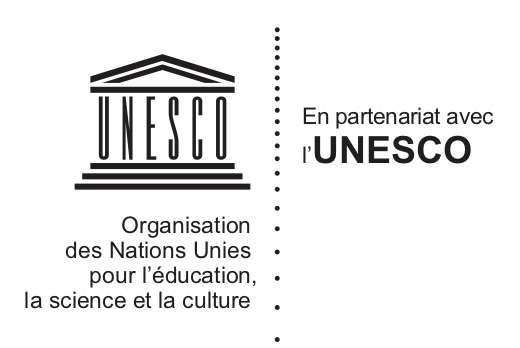Diplomatic channel/ voie diplomatique
Obélisque d’Axoum – Italie et Ethiopie
En 1937, Mussolini ordonne l’enlèvement de l’obélisque d’Axoum et son transport en Italie. Il faudra attendre 2007 pour que l’obélisque retrouve le site d’Axoum.
One-Thousand-Five-Hundred-Pound, Hand-Carved Lintels Removed from Religious Temples in Thailand – United States of America and City & County of San Francisco
In 2017, the government of Thailand formally requested that the United States restitute two ancient stone lintels of Khmer origin that had been removed from Thai temples between 1959–1968 and acquired by the Asian Art Museum in San Francisco. From 2017 to 2020, the United States and Thailand negotiated with the Museum for the restitution of the lintels, but in October 2020, the United States sued the Museum in federal court to seek their forfeiture. In February 2021, the Museum and the United States settled the case for a conditional restitution of the lintels to Thailand.
Parrot Lady Sculpture – Canada and India
“Parrot Lady” is a 800 year old sandstone sculpture from a Khajuraho temple in India. It was returned by Canada to India in 2015 in accordance with the 1970 UNESCO Convention.
Sammlung 101 - City of Bremen, Kunsthalle Bremen and Russia
In the 1990s, Russia and the City of Bremen began to negotiate for the return of “Sammlung 101”, a collection of 101 drawings. The drawings were transferred from the Kunsthalle Bremen (Bremen Art Museum) to Russia in the aftermath of the Second World War by a Soviet soldier.
Sarah Baartman – France and South Africa
Sarah Baartman, a South African woman of Khoisan origin, also known as the “Hottentot Venus”, was exhibited as a freak show attraction in London and Paris in the 19th century. When she died, her body was dissected and her remains were exposed at the National Museum of Natural History in Paris.
Tête du roi Badu Bonsu II – Ghana et Pays-Bas
En 1838, Badu Bonsu II, roi des Ahanta du Ghana, est condamné à mort par les autorités coloniales néerlandaises. Il sera pendu et décapité. Sa tête sera transportée aux Pays-Bas. Par la suite, un accord de restitution de cette tête sera signé à La Haye entre les gouvernements néerlandais et ghanéen ainsi qu’un représentant de la tribu Ahanta.
Three Nok and Sokoto Sculptures – Nigeria and France
The French government bought three Nok and Sokoto sculptures from a private dealer in 1998. Soon after it obtained the consent of Nigeria on the acquisition, two of these sculptures were exhibited in the newly opened Pavillon des Sessions of the Louvre Museum.
Two Bronze Animal Heads – China and Pierre Bergé
In February of 2009, Christie’s offered at auction two 18th-century bronze fountainheads – a rabbit and a rat – owned by the estate of Yves Saint Laurent and his longtime-partner Pierre Bergé. Stolen from the Old Summer Palace by British and French forces during the Second Opium War in 1860, the two heads’ sale provoked controversial international debate, inspiring a Chinese national to bid upon the bronzes at auction and refuse payment. In June of 2013, François-Henri Pinault, owner of Christie’s, returned to China the fountainheads in an effort to strengthen diplomatic and trade relations between France and China.
Victorious Youth – Italy v. J. Paul Getty Museum
The “Victorious Youth” – a life-size bronze statue created sometime between the 4th and 2nd century BC – is at the centre of an ongoing dispute between Italy and the J. Paul Getty Museum. This statue was discovered in 1964, caught up in the nets of a fishing boat working out of the port of Fano on the Adriatic coast of Italy.
Weary Herakles – Turkey and Museum of Fine Arts Boston
The “Weary Herakles” is a Roman marble statue that was excavated in 1980 in Perge, Turkey. In 1981, the Museum of Fine Arts Boston acquired a half-interest in the upper part of the sculpture, while the other half-interest was owned by collectors Leon Levy and Shelby White.
Document Actions










